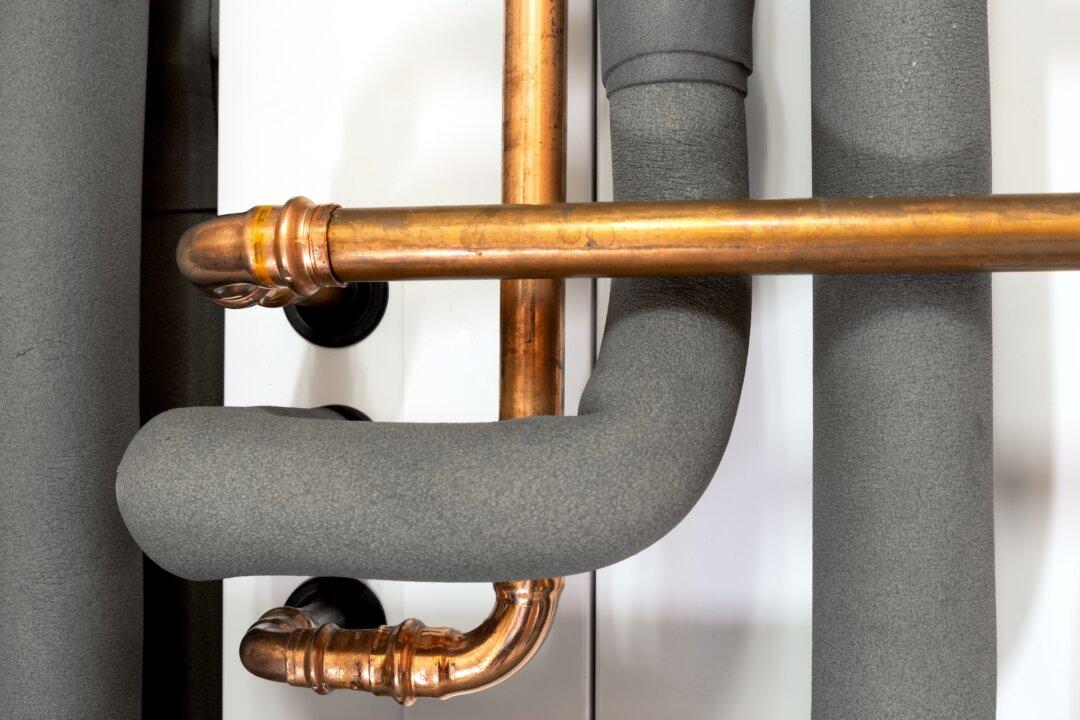Mother Nature has the ultimate water filtration system. Called the hydrologic cycle, it’s powered by the sun and circulates water from the Earth’s surface to the atmosphere (evaporation), where it’s converted back into liquid via clouds (condensation), and is returned to the Earth as rain, snow, and hail (precipitation), all filtered by the sun’s UV rays.
Unless you’re catching it in a rain bucket, it’s usually filtered further as it passes through soil, sand, minerals, and natural charcoal and carbon filters, or even oysters, which can each filter up to 50 gallons of water a day, and have been used to clean up the water in New York Harbor, courtesy of the Billion Oyster Project.
Humans have added to the process with water filtration pitchers, faucet-mounted filters, countertop filters, refrigerator filters, location-specific filters such as an under-sink filter or one for a washing machine, and whole house filters. There are also filter systems to provide ultrafiltration of elements up to .01 micron, nanofiltration to .001 micron, or reverse osmosis with a pore size of .0001 micron. Other systems include water softeners, distillation systems, and UV treatments with pre-filtration.
No filter eliminates all contaminants, so let’s find the one that’s best for your needs and budget.

Easy Options
Water filter pitchers, a faucet-mounted option, or countertop filters are all simple, straightforward choices, and of particular interest to renters who may not want to or be allowed to make modifications to the plumbing. There is a caveat; a faucet-mounted filter can’t be attached to a kitchen faucet equipped with a spray head.The plusses to a filter pitcher are its compact size, ease of use, and affordable price. The downside is that it’s limited to one pitcher of filtered water at a time, the filtration process is slow, and the filters require frequent replacement. The best filters will remove hundreds of harmful contaminants including chlorine taste and odor, lead, organic compounds, mercury, copper, arsenic, fluoride, VOCs, pesticides, herbicides, and heavy metals. There are even more sophisticated models that can remove radiological contaminants.
Faucet-mounted options attach to a standard faucet and can be switched on when you’re filling a glass or a pot for pasta and off when washing hands or the dishes in order to extend filter life. Unlike a pitcher, they provide virtually unlimited filtered water, though they may slow the water flow. Typical faucet-mounted systems have a sediment filter for sand and dirt, and a carbon filter to remove chemicals such as chlorine for fresher-tasting water.
Worried that a visible water filter would ruin the good looks of your kitchen? Then opt for an integrated water filter faucet.

Specific Situations
Many new refrigerators, particularly those that supply water and ice through the door, come with a built-in water filter. These remove sediment and chemicals such as chlorine for better taste. The downside is that the filters need to be replaced regularly and can be expensive.If your refrigerator doesn’t have a dedicated filter and you’re concerned about water quality, you can attach an inline refrigerator water filter to the refrigerator water supply line. These specially designed filters usually feature both push-to-connect and compression fittings for easy connection to plastic or copper water lines; as a happy bonus, some of these filters are designed to last up to five years.
Hard water and sediment can be more than unpleasant to drink—it can make washing clothes a nightmare, leaving them feeling dirtier than before. The best washing machine water filters are compatible with hot and cold water and are easy to install. Options range from easily-clean filters to replacement cartridges and multi-stage filtration.
Speaking of hard water, while you’re at it, consider adding a handy, screw-on inline filter between the showerhead and pipe sticking out of the wall. Your hair will thank you.

Whole-House and Under-Sink
A whole-house water filtration system treats all water entering the home, and is particularly applicable for hard water and water supplies containing VOCs—volatile organic compounds, which are toxins that enter the environment. VOCs can be a particular threat to those who use well water. A whole-house system protects the home’s plumbing and appliances as well; however, it requires permanent modifications to the plumbing, can be costly, and may require professional installation.Looking for something equally brawny but easier to obtain? Depending on the plumbing layout, an under-sink filter can be a do-it-yourself installation, but don’t forget it has no impact on the other water sources in the house. Both whole-house and under-sink are available as single-filter, multi-filter, reverse osmosis, and UV systems.





